Quantum bits are potentially powerful but notoriously error-prone. Now a Harvard team says it has found a way to prevent mistakes — by manipulating individual atoms with laser beams — making quantum processing much more efficient.
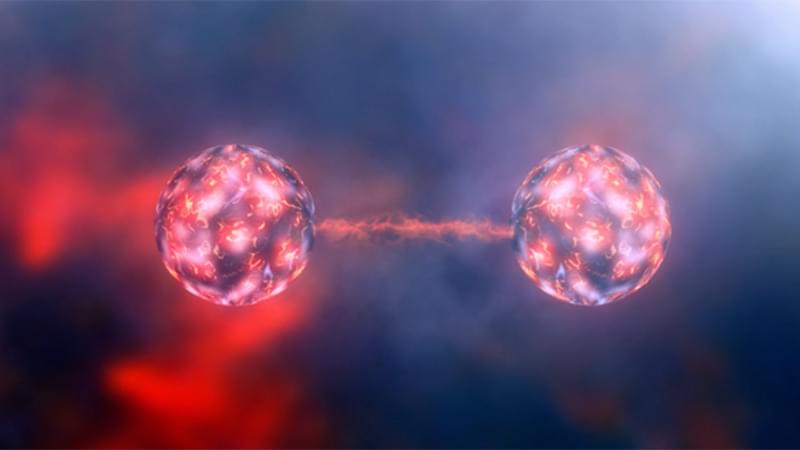


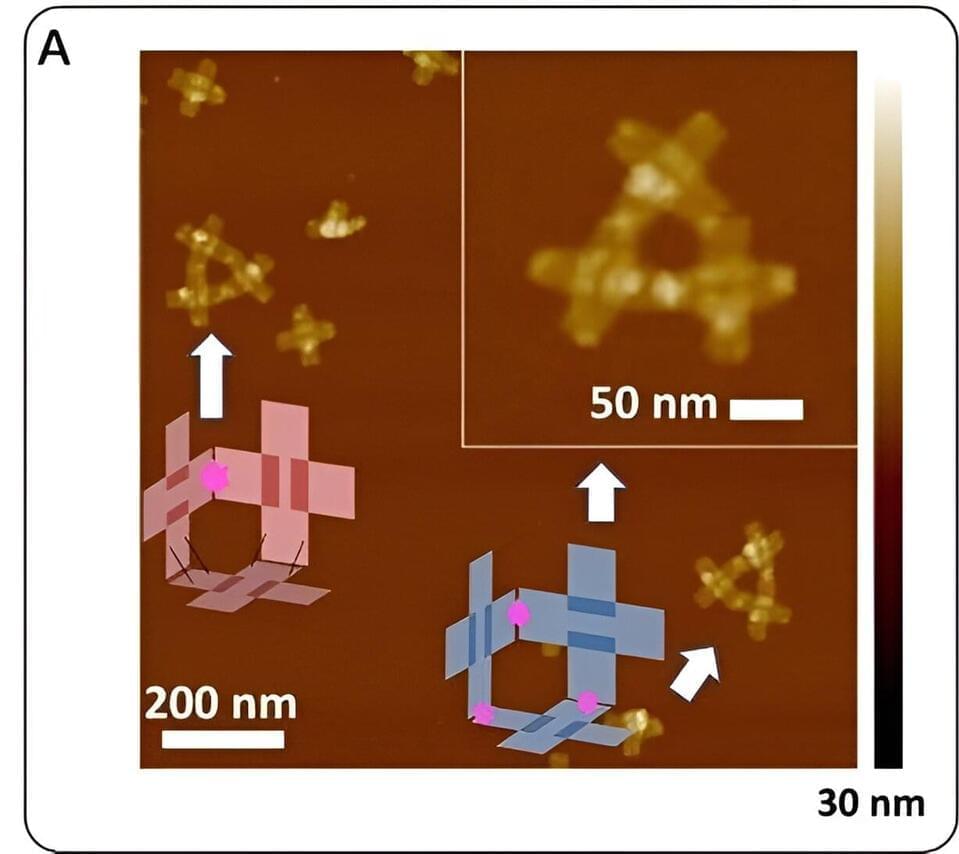
Researchers at universities in New York and Ningbo, China, say they have created tiny robots built from DNA that can reproduce themselves.
Such nanorobots could one day launch search-and-destroy missions against cancer cells within a human’s bloodstream without the need for surgery or collect toxic waste from the ocean.
The tiny mechanism is so small that 1,000 of them could fit into the width of a sheet of paper.
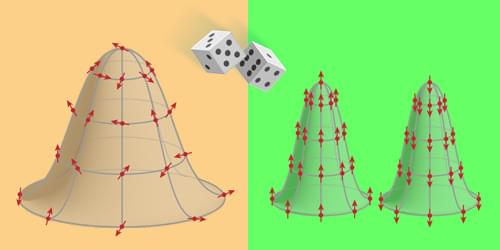
A proposed model unites quantum theory with classical gravity by assuming that states evolve in a probabilistic way, like a game of chance.
Physicists’ best theory of matter is quantum mechanics, which describes the discrete (quantized) behavior of microscopic particles via wave equations. Their best theory of gravity is general relativity, which describes the continuous (classical) motion of massive bodies via space-time curvature. These two highly successful theories appear fundamentally at odds over the nature of space-time: quantum wave equations are defined on a fixed space-time, but general relativity says that space-time is dynamic—curving in response to the distribution of matter. Most attempts to solve this tension have focused on quantizing gravity, with the two leading proposals being string theory and loop quantum gravity. But new theoretical work by Jonathan Oppenheim at University College London proposes an alternative: leave gravity as a classical theory and couple it to quantum theory through a probabilistic mechanism [1].
I like the chapter “would you want to be”.
Explore your DNA with ADNTRO! Use the code TODAY to get a 10% discount on the DNA kit: https://bit.ly/3GbE3sg or use the code TODAYRAW to get a 10% discount on your full DNA report: https://bit.ly/3sDuZJM
Ah, immortality, previously only for the gods and individuals with a fetish for chopping each other’s heads off. In more modern times, science is coming closer and closer to both identifying the tapestry of things that cause humans to grow old, and slowly but surely taking the first steps into finding ways to delay and even reverse this process for fun and profit. So, just what causes individuals of the human persuasion to grow old and die, who was the oldest confirmed human, are there any living things that are biologically immortal, and if there was an option to become biologically immortal, would you take it?
0:00 Intro.
3:42 The Oldest Human.
4:50 The Lobster.
9:01 It’s Not the Years Honey, It’s the Mileage.
13:32 Would You Want to Be Biologically Immortal?
17:24 The Senescent Cell Problem.
20:46 A Myriad of Other Factors.
26:04 The Biologically Immortal Creatures.
Author: Daven Hiskey.

face_with_colon_three Plants are basically an unlimited resource for batteries which can even make graphene microchips and graphene batteries.
As demand for electric vehicles soars, scientists are searching for materials to make sustainable batteries. Lignin, from waste paper pulp, is shaping up to be a strong contender.
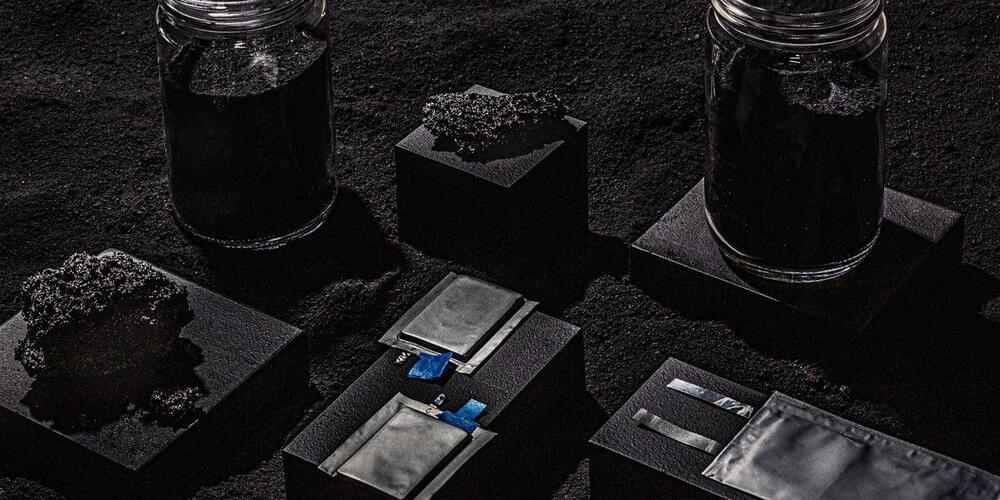
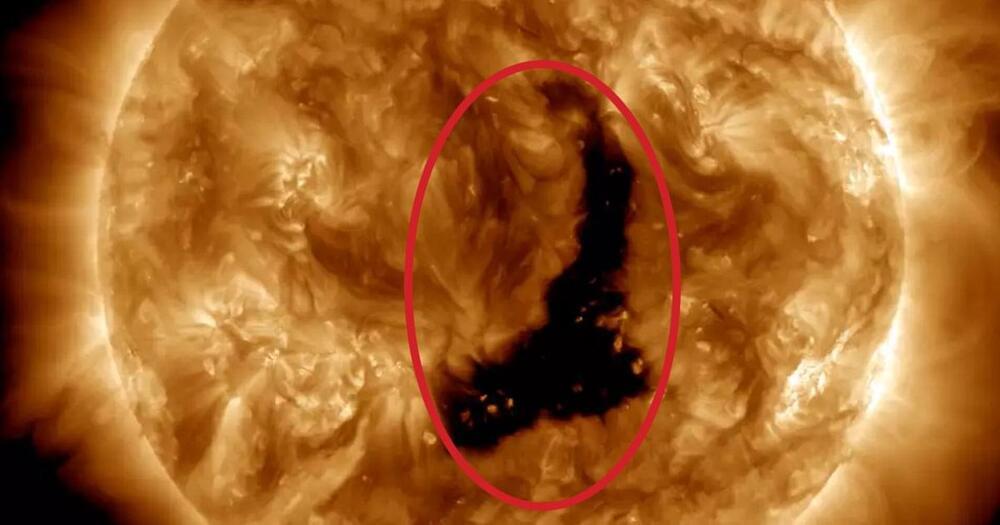
A massive hole opened up in the Sun’s atmosphere over the weekend, measuring more than 60 times the diameter of the Earth across at its peak.
Coronal holes like this one, imaged by NASA’s Solar Dynamics Observatory, occur when the Sun’s magnetic field suddenly allows a huge stream of the star’s upper atmosphere to pour out in the form of solar wind.
Over a short period of time, these highly energized particles can eventually make their way to us and — if powerful enough — wreak havoc on satellites in the Earth’s orbit. In rare instances, they can even mess with the electrical grid back on the ground.
Enjoy 10% OFF and free worldwide shipping on all Hoverpens with code PBS: North America & other countries: https://bit.ly/pbs_novium UK & Europe: https://bit.ly/pbs_noviumeu.
To support your local station, go to: http://to.pbs.org/DonateSPACE
Sign Up on Patreon to get access to the Space Time Discord!
https://www.patreon.com/pbsspacetime.
We’re almost certainly the first technological civilization on Earth. But what if we’re not? We are. Although how sure are we, really? The Silurian hypothesis, which asks whether pre-human industrial civilizations might have existed.
Check out the Space Time Merch Store.
https://www.pbsspacetime.com/shop.
Sign up for the mailing list to get episode notifications and hear special announcements!
Computing giant IBM has launched three new innovations in quantum tech – the first utility-scale quantum computer, the first 1,000+ qubit chip and the most efficient quantum processor in terms of error correction.
IBM gave a sneak preview of its Quantum System Two during a conference last year. Following 12 months of additional research and development, it has now officially launched the system, which is described as “the first modular, utility-scale quantum computer.”